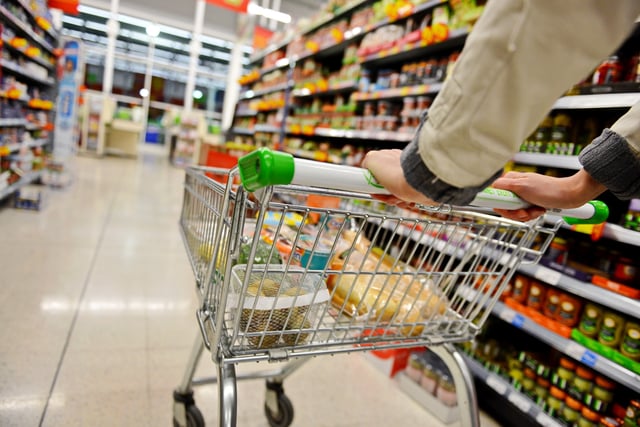Shoppers Increasingly Returning to Stores, Seeking Out Deals
As the pandemic has begun loosening its grip on the country and inflationary prices continue to steadily climb, consumers are making changes to the way they shop for groceries. A new report from business intelligence company Morning Consult found key demographics that usually drive grocery e-commerce sales are instead choosing to shop in-store because of those contradictory forces.
Data from Morning Consult shows that among consumers from high-income households, weekly online grocery ordering was at 29% in October 2021, but fell to 18% by April 2022. Numbers similarly fell for Millennials, urbanites and parents with children under the age of 18.
Morning Consult food and beverage analyst Emily Moquin believes that while many consumers feel safer in grocery stores as the pandemic ebbs, a shift in schedules due to fewer coronavirus concerns is also causing a difference in the frequency of in-store grocery runs.
“These changes to consumers’ schedules may have the longest-term implications for grocery e-commerce because they impact the volume purchased online — i.e., whether shoppers are fulfilling their larger weekly orders through e-commerce or using it to fill in some of their grocery needs,” Moquin wrote.
Additionally, Moquin said consumers are looking to save on delivery and service fees associated with online grocery shopping, and often find it easier to compare prices and save money while shopping in person. Supply chain issues and out-of-stocks are also making it easier for customers to make snap meal or substitution decisions at the physical store.
“Walking through the store gives shoppers the chance to browse end caps, displays and other sources of inspiration that enable real-time meal planning using on-sale items,” Moquin wrote. “Even if there are no fees for online orders, shoppers may feel like they can get better deals and save more by shopping in-store.”
This dichotomy of shopper preferences can make it difficult for food retailers to navigate e-commerce and in-store expectations, but Moquin said the decline of online orders could be easier to manage in the wake of labor issues and supply chain disruptions.
“Retailers should be prepared for more shoppers in stores this summer,” Moquin wrote. “But shoppers have their eyes peeled for the best deals, and promotions and sales can further perpetuate out-of-stock issues."











